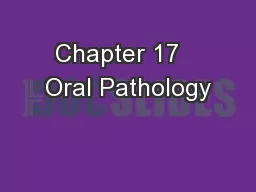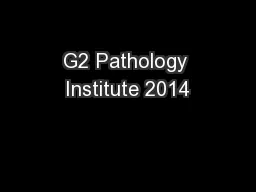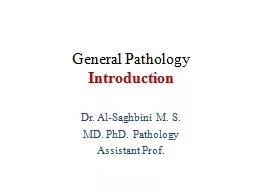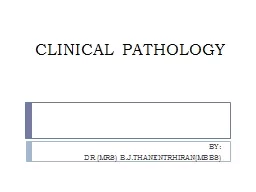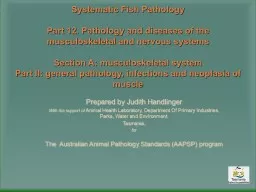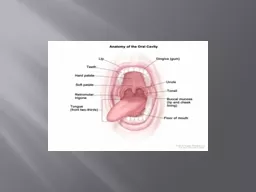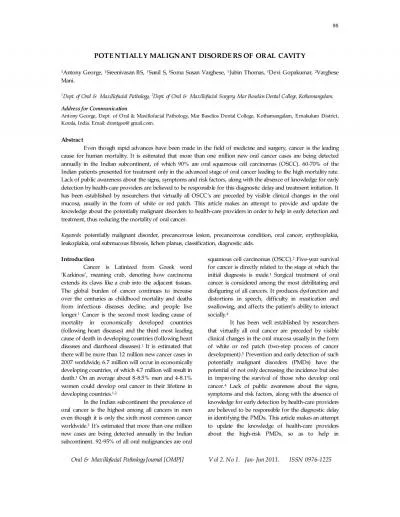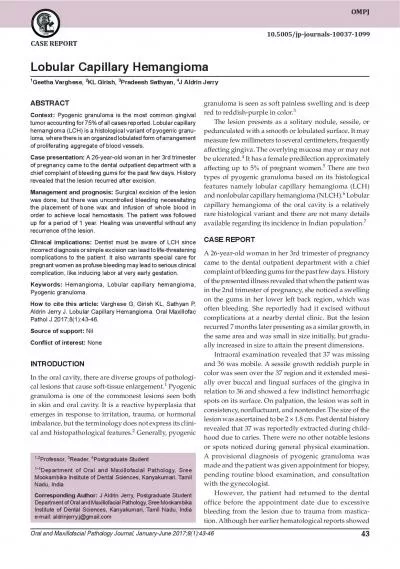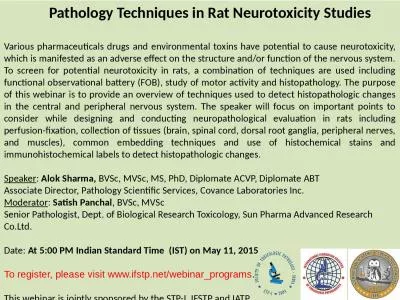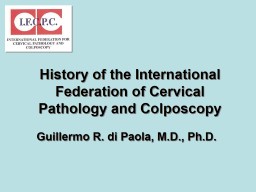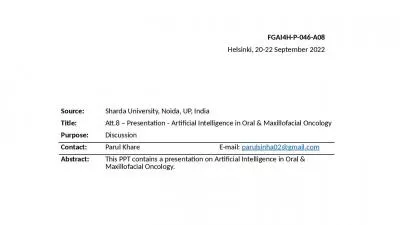PPT-Chapter 17 Oral Pathology
Author : pasty-toler | Published Date : 2018-03-07
Introduction to Oral Pathologies Pronounce define and spell the Key Terms Explain why oral pathology is important for the dental assistant Describe the steps necessary
Presentation Embed Code
Download Presentation
Download Presentation The PPT/PDF document "Chapter 17 Oral Pathology" is the property of its rightful owner. Permission is granted to download and print the materials on this website for personal, non-commercial use only, and to display it on your personal computer provided you do not modify the materials and that you retain all copyright notices contained in the materials. By downloading content from our website, you accept the terms of this agreement.
Chapter 17 Oral Pathology: Transcript
Download Rules Of Document
"Chapter 17 Oral Pathology"The content belongs to its owner. You may download and print it for personal use, without modification, and keep all copyright notices. By downloading, you agree to these terms.
Related Documents

